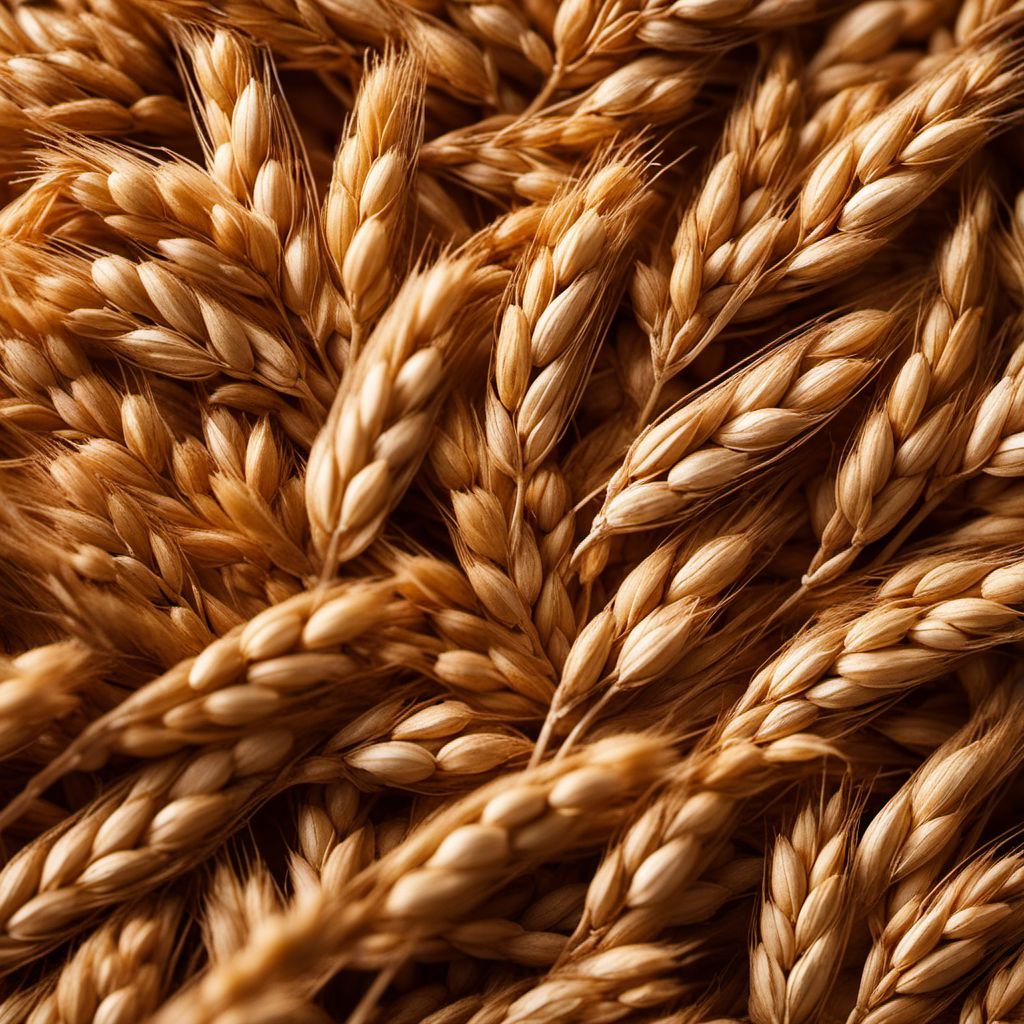
Ingredient
Wheat semolina
The Golden Grain: Exploring the Versatility of Wheat Semolina
Wheat semolina is a coarse flour made from durum wheat, which is known for its high protein content and gluten strength. It has a pale yellow color and a granular texture, similar to sand. When cooked, it retains a firm and slightly chewy texture, making it ideal for a variety of dishes. Its nutty flavor adds depth to both sweet and savory recipes. Whether used in pasta, bread, or desserts, wheat semolina adds a delightful richness and unique texture to dishes.
Origins and history
Wheat semolina has its roots in ancient civilizations, particularly in the Mediterranean region. It has been a staple ingredient in traditional Italian and Middle Eastern cuisines for centuries. The durum wheat used to make semolina is believed to have originated in the Middle East and was later introduced to Europe. Today, wheat semolina is widely cultivated and consumed worldwide.
Nutritional information
Wheat semolina is a good source of protein, fiber, and essential minerals such as iron and magnesium. It is also relatively low in fat and cholesterol. A 1/4 cup serving of wheat semolina contains approximately 150 calories.
Allergens
Wheat semolina contains gluten, making it unsuitable for individuals with gluten intolerance or celiac disease.
How to select
When selecting wheat semolina, look for a bright yellow color and a fine, uniform texture. Avoid any packages that show signs of moisture or clumping, as this may indicate poor quality or spoilage.
Storage recommendations
To maintain the freshness and quality of wheat semolina, store it in an airtight container in a cool, dry place. It is best to use it within six months to a year to ensure optimal flavor and texture.
How to produce
Wheat semolina is produced by milling durum wheat into a coarse flour. This process involves grinding the wheat kernels into smaller particles, which are then sifted to separate the semolina from the finer flour. This can be done on an industrial scale or with a home grain mill for smaller quantities.
Preparation tips
Wheat semolina is incredibly versatile and can be used in a variety of dishes. It is commonly used to make pasta, couscous, and gnocchi, where its firm texture holds up well during cooking. It can also be used to make porridge, puddings, and desserts like halva. When cooking with wheat semolina, it is important to follow the recipe instructions carefully to achieve the desired texture and consistency.
Substitutions
If wheat semolina is not available, a suitable substitute can be cornmeal or rice flour, although the texture and flavor may differ slightly.
Culinary uses
Wheat semolina is widely used in Italian cuisine to make pasta, such as spaghetti, fettuccine, and lasagna. It is also the main ingredient in Middle Eastern dishes like couscous and various types of halva. In Indian cuisine, wheat semolina is used to make upma, a savory breakfast dish, and is also used in desserts like kesari and sheera. Its versatility allows it to be used in both sweet and savory recipes, making it a staple in many kitchens.
Availability
Wheat semolina is commonly available in grocery stores and supermarkets worldwide. It is also widely cultivated in countries such as Italy, India, Turkey, and the United States.
More ingredients from this category
Recipes using Wheat semolina » Browse all

Orecchie di Amman with a Twist
Savory Italian Delight: Orecchie di Amman with a Modern Twist

Punjabi-style Smokvara with Spiced Paneer
Paneer-stuffed Semolina Dumplings in Punjabi Spices

Parrozzo with a North East Indian Twist
Assamese Parrozzo: A Fusion of Italian and North East Indian Flavors
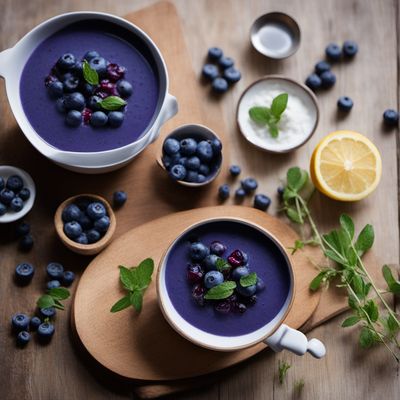
Finnish Blueberry Soup with Semolina Dumplings
Nordic Delight: Blueberry Soup with Fluffy Semolina Dumplings

Swiss Semolina Pudding
Heavenly Swiss Semolina Delight

Homemade Honey-Spiced Cookies
Greek Delights: Irresistible Honey-Spiced Melomakarona
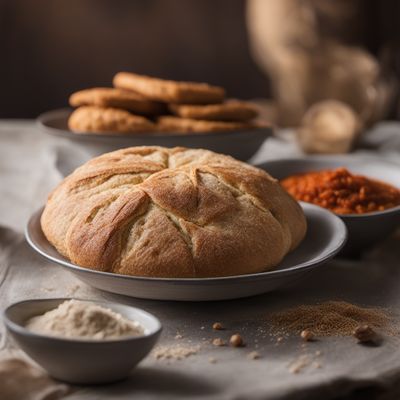
Tunisian Kesra Bread
Savory Tunisian Kesra: A Delightful Journey to Tunisian Cuisine

Mangalorean Catholic Cartellate
Crispy Sweet Delights: Mangalorean Catholic Cartellate
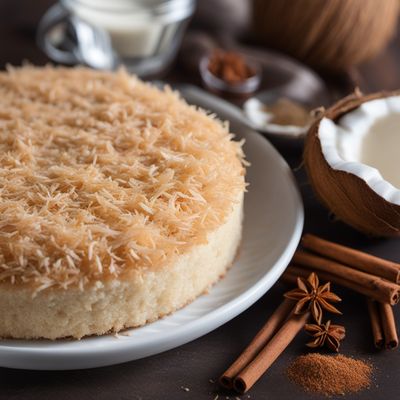
Sri Lankan Coconut Cake
Coconut Delight: A Taste of Sri Lanka

Pane di Laterza - Authentic Italian Bread Recipe
Rustic Delight: Homemade Pane di Laterza - A Taste of Italy's Countryside

Detroit-Style Pizza with a Twist
Motor City Delight: A Modern Twist on Detroit-Style Pizza
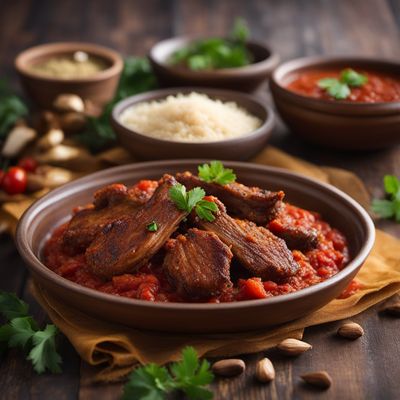
Yemeni-Style Cutturiedde with Spiced Lamb
Savory Spiced Lamb Cutturiedde: A Yemeni Delight
